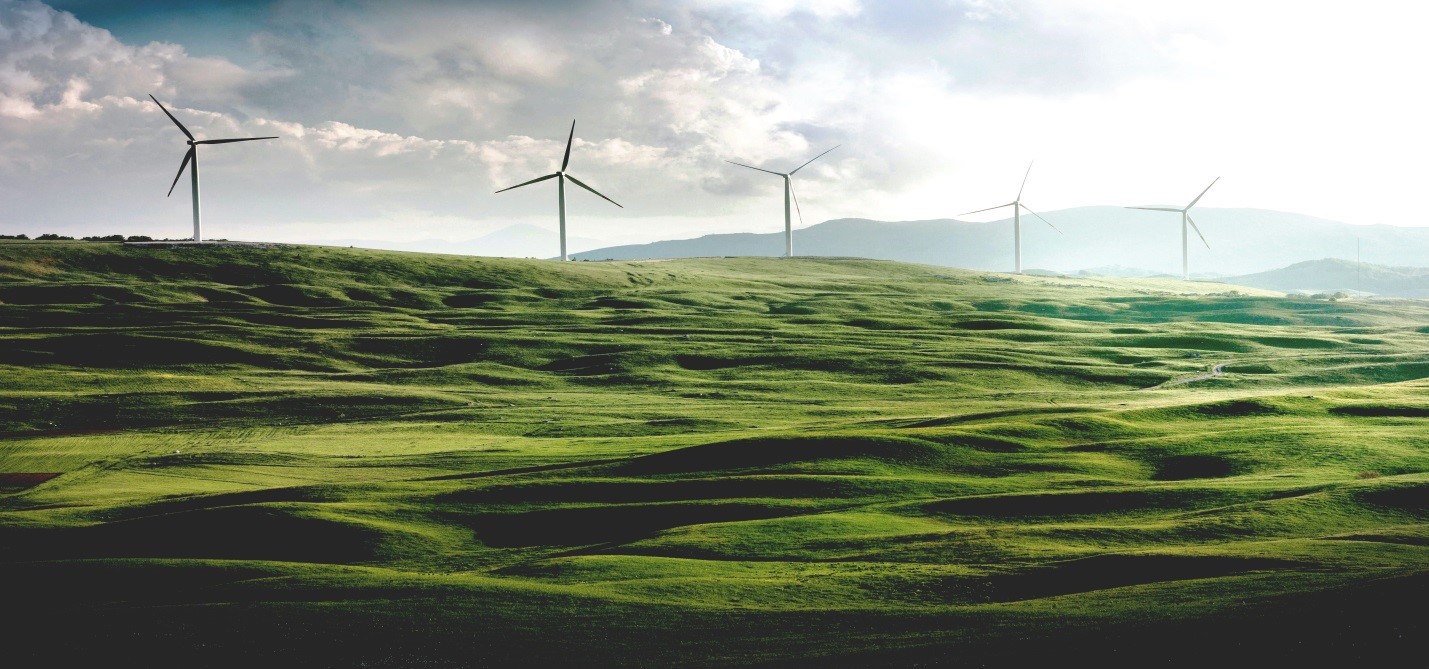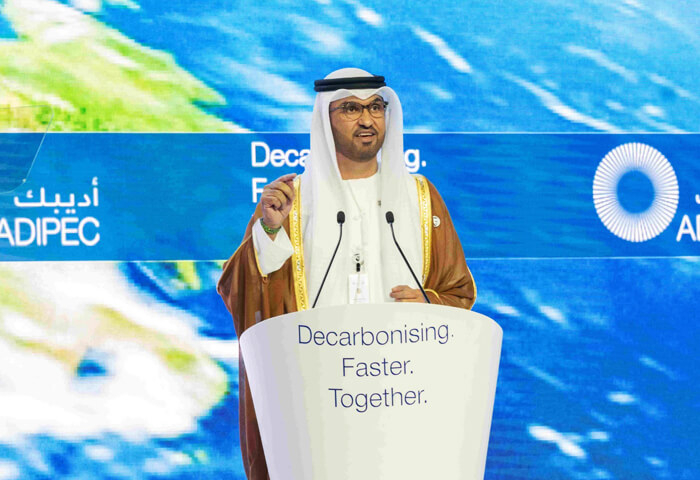Wildfires destroyed tree cover of more than 97,500 square miles, roughly the size of the state of Oregon in the US, in 2021 alone. Experts say that many of these trees burned by wildfires in Canada, Russia and the United States, may grow back over time; however, it might be a little too late in our quest to reduce our carbon emissions within the time frame proposed by the Paris Agreement to keep the global temperature to well below 2 °C (3.6 °F).
Wildfires generate as much as a third of all carbon emissions from the world’s forests and landscapes. Add to that agricultural expansion, wood extraction, infrastructure expansion, and urbanization, and the loss of CO2 absorbing greenspace is massive. Moreover, the frequency of adverse events such as wildfires, droughts, hurricanes, and heat waves occurring in various regions across the globe are tell-tale signs of climate change.
Conversely, International Energy Agency (IEA) estimates that 36.3B metric tonnes of CO2 went into the atmosphere in 2021 alone, from burning coal, natural gas, and oil. A new study published in the journal of The Lancet Planetary Health attributes pollution of all types to 9 million deaths a year globally, with the death toll attributed to dirty air from cars, trucks, and industry rising 55% since 2000. The study’s data shows that the situation hasn't improved and that pollution remains a major global threat, especially for low- and middle-income countries. There is an urgent need for decarbonization for the well-being of humans and the environment as much as there is the need to maintain energy security for the good health of the global economy. How do we strike balance?
For many today, energy security is a lot more of an immediate problem when it comes to paying for electricity or petrol, so it was only natural that it would rise to the top of the agenda of hundreds of millions. Moreover, Russia's invasion of Ukraine has highlighted the demand for hydrocarbons more than there was supply. Triggered by the disruption in the energy supplies from Russia, Europe is filling gas inventories at the fastest rate on record to acquire as much gas as possible at any price.
Futures contracts for deliveries in July 2022 to Northwest Europe are trading at almost $100 per megawatt-hour compared with just $68 for deliveries to Northeast Asia. It is building LNG import terminals despite setting increasingly ambitious emission reduction targets. The pushed-up energy prices have affected consumers and businesses around the world, hurting households, industries, and entire economies – most severely in the developing world.
Meanwhile, big oil companies are laughing their way to the banks with hefty profits as a result of high oil prices after a two-year low due to the pandemic curbing oil demand. For example, Saudi Aramco posted an 82% year-on-year (YoY) increase in net income to $39.5 billion in its first-quarter 2022 financial results, from $21.7 billion in Q1 2021. Similarly, BP reported an underlying profit of $6.2 billion for the first quarter of 2022, despite losing $20.4-billion from its exit from Russia and Rosneft. Exxon posted a profit of $5.5 billion for January to March, while Conoco reported a net income of $5.76 billion, and Shell of $9.13 billion in profits for the same period.
As such, a question arises. Are the soaring fossil fuel prices a signal to invest in additional supply or a further reason to invest in alternatives?
In the IEA’s Roadmap to Net Zero Emission by 2050 published in May 2021, the analysis points out that a massive surge in investment in renewables, energy efficiency, and other clean energy technologies could drive declines in global demand for fossil fuels on a scale that would, as a result, require no investment in new oil and gas fields. The need for this clean energy investment surge is greater than ever today. As the IEA has repeatedly stated, the key solution to today’s energy crisis – and to get on track for net-zero emissions – is a dramatic scaling up of energy efficiency and clean energy.

Decarbonization, the way forward
In their 2022 energy flagship report, Disruption Is Now, Arthur D. Little (ADL) draws attention to key trends that are currently shaping the energy and resources industry as it transitions with great ambitions toward net-zero.
Among the trends namely, decarbonization, decentralization, and digitization. Let’s take a closer look at the most important and overarching trend for all sectors, especially the oil and gas sector. Decarbonization will have a fundamental impact on the strategic thinking and future investment decisions of companies in all sectors.
Decarbonization of industries warrants decarbonization of the entire value chain. Economic decarbonization means accelerating the production of zero-carbon electricity which can be used to displace natural gas in our homes and businesses, and then, for industrial processes where electricity isn’t quite ready for prime time.
The use of green hydrogen and other advanced “e-fuels” to make up the difference has been gaining widespread attention. In its report, Arthur D. Little states that a key reinforcing element for the green hydrogen economy is foreign policy, and the formation of synergic, bilateral, or multilateral agreements. It cites the example of Germany and KSA’s strategic alliance on green hydrogen development to collaborate on the generation, processing, use, and transportation of clean hydrogen for the benefit of both countries. It states that such partnerships will help Germany maintain its technology leadership as well as to attain policy targets while KSA can bolster its efforts as a global producer of green hydrogen. Another example it cites is the Memorandum of Understanding signed between Singapore and Australia to share knowledge and collaborate on new low-emissions technology.
As the leading global authority responsible for energy security and the clean energy transition, the IEA has been providing the data, analysis, and policy advice to help decision-makers around the world – especially governments – make well-informed choices on energy investments that support secure and affordable energy supplies while driving down emissions.
According to Dr. Fatih Birol, Executive Director, IEA, the massive financial windfall for the oil and gas sector from today’s high prices could provide a major boost to clean energy investment. The global net income from oil and gas production in 2022 is anticipated to be nearly $2 trillion higher than in 2021 and two-and-a-half times the average of the past five years, according to a new IEA analysis for World Energy Investment 2022 report that will be published in June. Dr. Birol points out that if the global oil and gas industry were to invest this additional income in low emissions fuels, such as hydrogen and biofuels, it would fund all of the investment needed in these fuels for the remainder of this decade in the Net Zero Emissions by 2050 Scenario. For oil and gas producing economies, this could be a once-in-a-generation opportunity to diversify their economic structures to adapt to the new global energy economy that is emerging.
The effects of climate change can be expected to trim 11% to 14% off global economic output by 2050 compared with growth levels without climate change, according to a report from Swiss Re, one of the world’s largest providers of insurance to other insurance companies. There is an urgent need to accelerate the application of innovative decarbonization technologies to tackle the climate change crisis.









